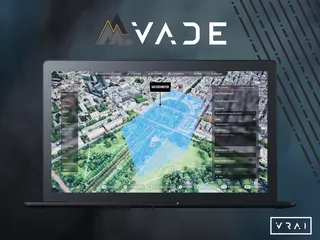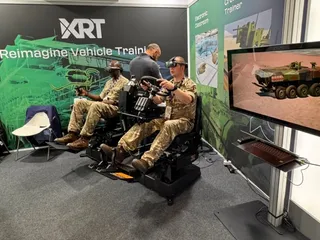High Performance
Contact Our Team
For more information about how Halldale can add value to your marketing and promotional campaigns or to discuss event exhibitor and sponsorship opportunities, contact our team to find out more
The Americas -
holly.foster@halldale.com
Rest of World -
jeremy@halldale.com

In recent years pilot training for airline operations has seen a series of developments and improvements, but these have not necessarily been transferred to training for business jet operations. Chris Long looks at the challenges faced.
The adoption of Competency Based Training and Assessment (CBTA), and the gradual rollout of Evidence Based Training (EBT) continues, as does the use of scenario-based training. The expansion of the capability of full flight simulators to facilitate Upset Prevention and Recovery Training (UPRT) is yet another area where there have been improvements.
What is worthy of note is that these same changes in training have not so far been systematically transferred to the realm of training for business jet operation. There is concern that the range of quality of the training varies enormously, with the high-end trainers, for example (but not limited to) FlightSafety International and CAE, providing equivalent training to that used by airline operators. Others, the minority of very low cost organisations, apparently and anecdotally offer the absolute minimum or less.
A primary area of concern is that - given the drive by airlines to fill cockpits and the process normally requiring careful selection of candidates - the business arena is frequently faced with having to recruit low-time pilots who may not necessarily be of the highest standard, and who may come with the absolute minimum of qualifications and ability.
Challenges
These new recruits will have to operate aircraft which can have seriously lively performance, operating in increasingly densely-populated airspace. They are likely to have to operate into relatively austere airports, which present their own challenges. In other words the workload can be at least as high as for the bigger aircraft, but sometimes without the sculpted preparation and training adapted to that task.
Mag. Michael Holy, CEO of Aviation Academy Austria, expresses concern that at the low end of the market the training for business jets is carried out with the old-fashioned approach of simply completing predictably sequenced minimum training tasks in the shortest amount of time. It is not unknown for two training sessions to be carried out in succession so as to process the training rapidly - an eight hour continuous training regime is not likely to produce good results.
It is also reported that, whilst there are clear regulatory requirements for the use of properly certified training devices for each stage of training, not infrequently fixed base devices are used where a full Level D FFS should be employed.
Standards
It appears that the pressure of keeping the costs down, coupled with the potential lack of understanding of the implications of carrying out training to the lowest possible standard, can lead to serious concerns about the level of proficiency of those low-time pilots currently operating high-performance business jets in crowded airspace.
Holy is reassuring in the competency of those who follow a thorough pattern. At his own training organisation he delivers instructor-led ground school and CBT, followed by the use of Level D FFSs supplied by the nearby simulator manufacturer, Axis. These FFSs give him both the capability and reliability which means that true competency can be transferred routinely. Those owners and operators of business jets who use such reputable training organisations are well aware of the benefits of professional training. The challenge is to persuade others to buy into competent training before the industry pays a high price.
Published in CAT issue 6/2018


